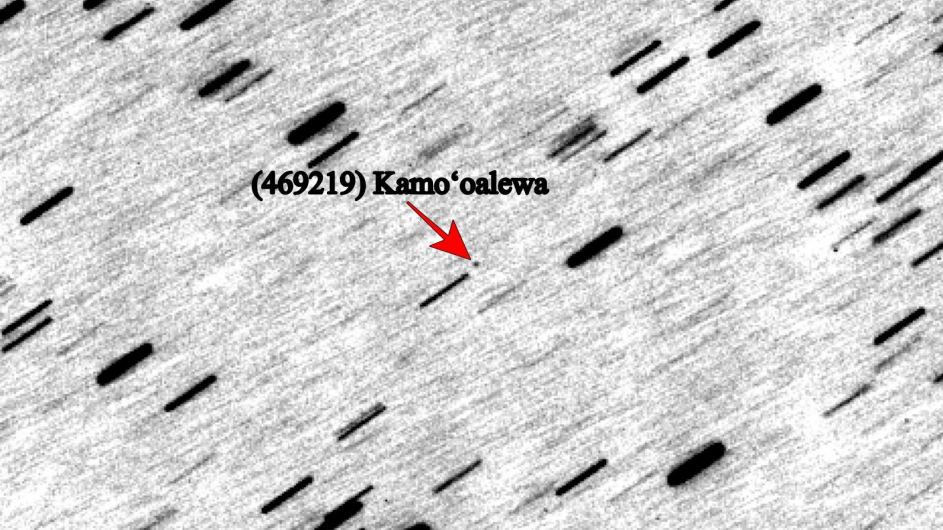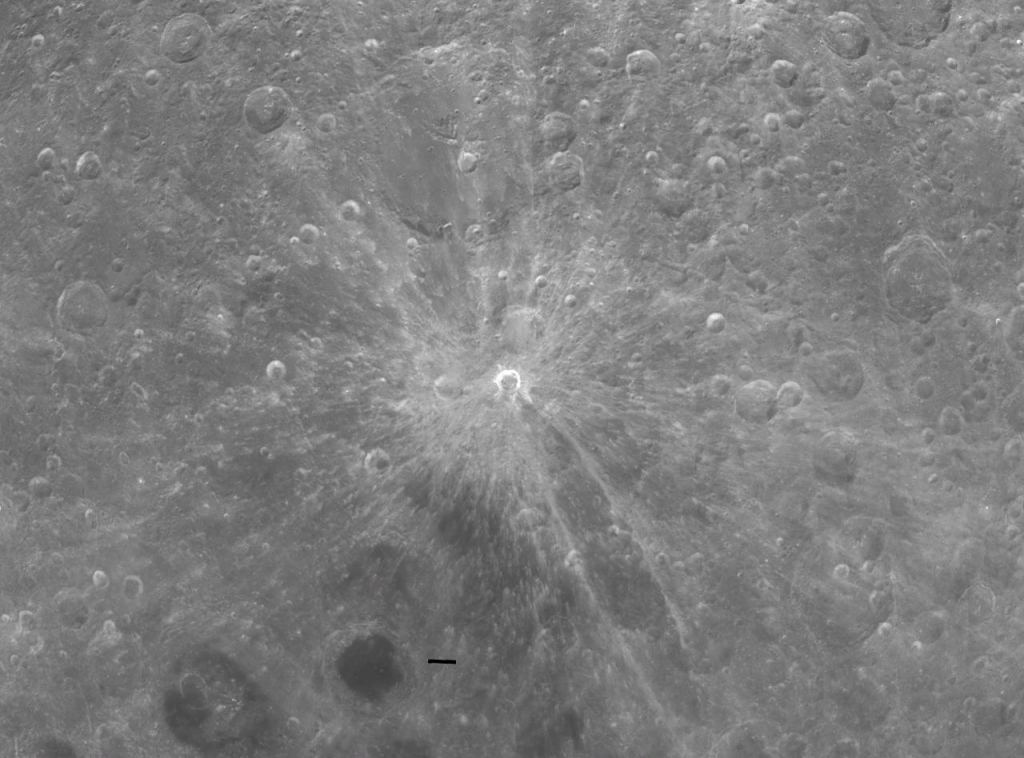Researchers study enigmatic asteroid Kamo’oalewa, as China’s first asteroid sample return mission moves toward launch.
China is about to get in to the asteroid sample return game. The CNSA (China National Space Administration) has recently announced that its Tianwen-2 mission has arrived at the Xichang Space Center. The mission will launch this May, on a Long March 3B rocket with the agency’s first solar system exploration mission of the year.
The mission was originally named ZhengHe, after a 15th century explorer. Tianwen-2 is a follow-on to China’s Tianwen-1, the nation’s first successful Mars orbiter-lander mission. Set to launch this coming May, Tianwen-2 will perform an ambitious first: not only will it explore asteroid 469219 Kamo’oalewa, but it will head onward to Comet 311P/PanSTARRS, in a first-ever asteroid-comet exploration mission for the agency.
A Tantalizing Worldlet
Certainly, asteroid Kamo’oalewa is an intriguing space rock. An Apollo Group Near Earth Asteroid, Kamo’oalewa is a rare quasi-satellite of the Earth. Discovered on the night of April 27th, 2016 from the Haleakala Observatory, the asteroid received the provisional designation 2016 HO3. The formal name means ‘oscillating fragment’ in the Hawaiian language. The asteroid currently fluctuates from being a quasi-satellite and horseshoe orbit between the Sun-Earth L1-L2 and L4-L5 Lagrange points, respectively. One day—perhaps a 100 million of years or so in the future—Kamo’oalewa may ultimately strike the Earth or the Moon.
A reddish object, Kamo’oalewa is either an S- or L-type asteroid, about 40 to 100-meters in size. The asteroid also bears a striking spectral resemblance to Apollo 14 and Luna 24 soil returns, suggesting it may in fact be ejecta from the impact that formed the Giordano Bruno crater on the Moon. The farside crater is thought to be about 4 million years old.
Following Asteroid Kamo’alewa
A recent study out of the European Space Agency’s Near-Earth Objects Coordination Centre (NEOCC) entitled Astrometry, Orbit Determination and Thermal Inertia of the Tianwen-2 Target Asteroid (469219) Kamo’oalewa is looking to better understand the tiny world ahead of the mission’s arrival. Specifically, the study looks to refine the orbit of the asteroid, and understand how the Yarkovsky and YORP (Yarkovsky-O’Keefe-Radzievskii-Paddack) effects act on the orbit and rotation of the asteroid over time. The Yarovsky Effect is the result of how sunlight alters the path of small asteroids over time, as they absorb solar energy and re-emit it as heat. YORP is a similar phenomena, but includes the scattering of sunlight due to the shape and surface structure of the asteroid. Kamo’oalewa is a fast rotator, spinning on its axis once every 27 minutes. This will add to the challenge of grabbing a sample.
“We observed Kamo’oalewa and precisely measured its position in the sky,” lead researcher on the study Marco Fenucci (ESA/ESRIN/NEO Coordination Centre) told Universe Today. “Thanks to these new measurements, we were able to determine the Yarkovsky effect with a signal-to-noise ratio of 14, and the overall accuracy of the orbit was improved.”

The study used current observations from the Calar Alto Observatory in Spain and Loiano Astronomical Station based in Italy, as well as pre-discovery observations found in the Sloan Digital Sky Survey (SDSS) from 2004. These were especially challenging for the team to incorporate, as SDSS used a unique drift scan method to complete images. Also, an NEO asteroid like Kamo’oalewa has a relatively fast proper motion against the starry background. These two factors presented a challenge to pinning the asteroid’s time and location down in earlier images.
An Enigmatic World
“Thanks to the accurate measurement of the Yarkovsky effect on Kamo’oalewa, we were able to estimate the surface thermal inertia,” says Fenucci. “Our best estimate indicates that the thermal inertia is smaller than that of Bennu and Ryugu (the target for JAXA’s Hayabusa2 mission). A low value of thermal inertia is usually due to the presence of regolith on the surface of the asteroid. The presence of regolith was not expected on such fast rotators.”
Certainly, the tiny world is worthy of further scrutiny. Any information will be handy leading up the Tianwen-2’s arrival. Like NASA’s OSIRIS-REx, which sampled asteroid 101955 Bennu in 2020, Tianwen-2 will use a touch-and-go sample technique, in addition to an anchor-and-attach method to acquire its samples of asteroid Kamo’oalewa.
“Kamo’oalewa will be the smallest asteroid visited by a spacecraft, and also the one with the shortest rotation period,” says Fenucci. “In terms of composition, the spectrum is similar to that of S-type asteroids, for example, Itokawa or Eros.” The reddish aspect of the asteroid in the visible-to-near infrared part of the spectrum, however, remains a mystery. “This is a typical feature of lunar regolith,” says Fenucci. “However, this particular feature can also be caused by space weathering. The Tianwen-2 mission should give an answer to the question of the origin of Kamo’oalewa.”
Tianwen-2 Mission Timeline
Currently rendezvous with the asteroid is set for 2026, with a departure in 2027. The CNSA team hopes to nab about 100 grams of Kamo’oalewa, about the mass of medium-sized apple. After that, the mission will dispatch its return capsule on Earth flyby in late 2027. Then, it will head onward to explore periodic comet 311/P PanSTARRS. The mission will reach the comet in 2034.
The Tianwen-2 spacecraft to carry out a sample-return targeting near-Earth asteroid 469219 Kamo?oalewa has arrived at Xichang spaceport. Launch date not revealed, but expected around May. english.news.cn/20250220/d95…
— Andrew Jones (@andrewjonesspace.bsky.social) February 20, 2025 at 6:08 AM
China has certainly taken a prudent, incremental path to space exploration. CNSA’s Chang’e program has returned samples of the lunar near and far side. Tianwen-1 was successful at Mars, scoring a combination orbiter, lander and rover on the Red Planet, all in one mission. China also has long term plans to combine these proven techniques in a Mars sample return mission of their own. This could launch as early as 2028.
It will be exciting to see asteroid Kamo’oalewa up close, as Tianwen-2 attempts to unravel the origin story for this elusive world.
Source link
Read More
thesportsocean
Read our previous article: Look for the colors of the stars
